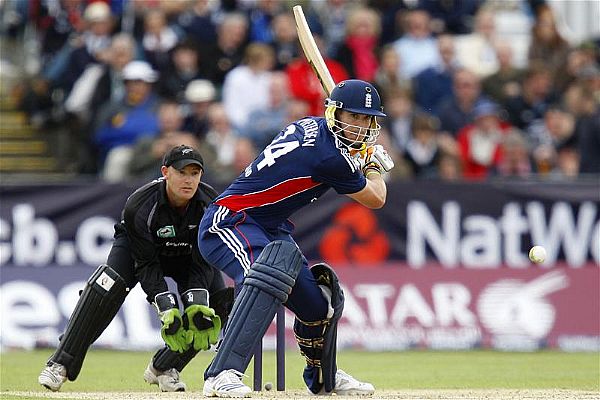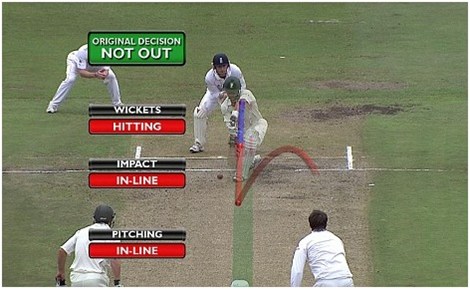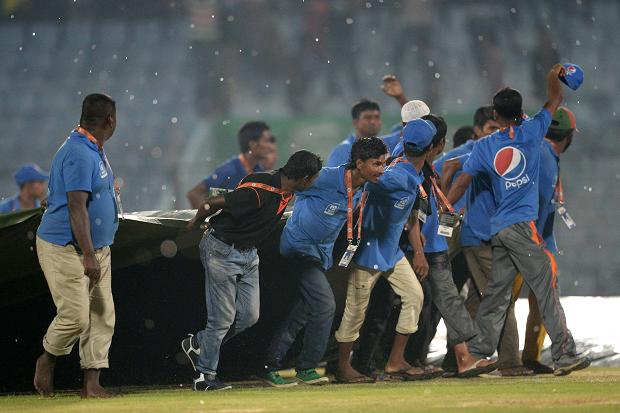The fielding restrictions, the powerplays, the run-outs, the leg-befores, the D/L method, the free-hits – cricket’s list of complicated rules is an ever-growing one. Here, we take a look at some of those which might confuse a common fan the most.
#5 What’s wide and what’s not
The most simple yet most strange of decisions can be the call for a wide.
For instance, take a case where the batsman takes a step or two outside the stumps; here, it would not be correct to call a wide even if the ball crosses the marked line.
But on specific occasion if the batsman just wanders in his crease and stays back in his usual stance and the bowler sprays wide, the umpire might be confused whether the batman was moving for the ball and came back in during the time of delivery.
In these days of unconventional cricket, this may happen a lot with batsmen who, in their attempt to unsettle the rhythm of the bowler, tend to move to alter their lines.
And then there are the special cases. The likes of Kevin Pietersen and David Warner, the masters of switch-hits, change their stance completely, making it tougher for the umpires to make a ruling.
It’s not easy being an umpire in cricket.
#4 The LBW decision
This rule must be one of the the most debated ones in the history of the game.
Even for a regular cricket follower, it is still sometimes a mystery why a particular batsman is not given out for a delivery that seems sure to hit the stumps.
In the earlier years of the sport, the wicket was awarded only when the ball pitched on the stumps and hit in line with the stumps. The ruling of allowing the balls pitching outside off-stump and coming in to hit the batsman in line with the stumps came later.
A right-handed bowler has to be impeccable in his line to get an lbw decision in his favour against a left-handed batsman while bowling over the wicket, which is the more preferred mode of operation for many bowlers.
Then there’s an issue with the marginal calls, which rest in the hands of the umpire. If more than half the ball lands outside the line of stumps, it’s deemed not out, and so is the case with impact in front of the wicket.
Add to that the close scrutiny of the decisions with the help of technology, and it’s definitely not the best rule to start explaining to someone who’s new to the game.
#3 The boundary rope
The invention of T20 has led to drastic reduction in the sizes of the grounds.
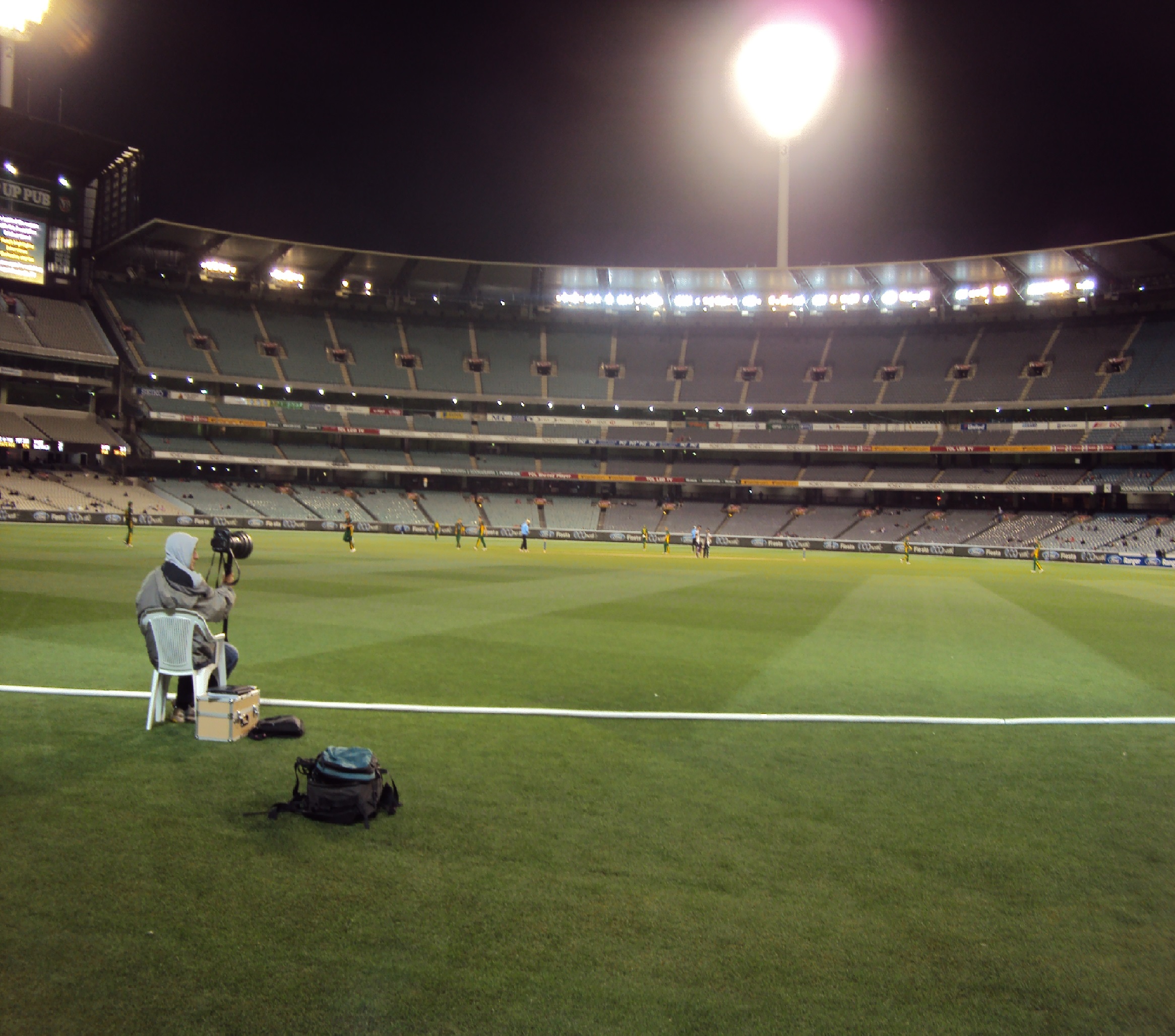
These are two rules regarding how boundaries are awarded to a batsman:
(i) the ball either touches the rope or is grounded after the boundary, or
(ii) the fielder, while in contact with the ball, touches the boundary or has some part of his person grounded beyond the rope of the fielder.
This signifies that even if the ball lands on the rope, it is awarded as a six. But what if the fielder fielding at the boundary in an attempt to save a four makes a desperate dive and unintentionally pushes the boundary boards/rope slightly further and it stays thereafter for the rest of the match to be played? You might have observed this many times on a cricket field.
Here comes the truly confusing part of the law: during the progress of the match, if the ball is hit to the same spot and lands just inside the rope (at the original place from where the rope was pushed back), it will be a 4 and not a 6. How strange is that!
In these days, where every other match goes down to the margin or one or two runs, it is anyone’s guess how much of an effect those crucial few inches to which the rope is extended would have on the final result.
#2 Duckworth Lewis Rule
Is there anyone who can claim that they‘ve fully understood the D/L rule other than those two gentlemen who formulated it?
The most recent T20 match that generated controversy was the IPL game between Sunrisers Hyderabad and Delhi Daredevils. Sunrisers were asked to chase just about a run a ball when the actual target was more than 140 in 20 overs.
There has been plenty of opposition coming from players for the T20s to have an alternative to this rule.
The D/L rule also needs the batsmen to be told after every ball where they stand with respect to the par score. It involves plenty of confusion, and no common fan can claim to understand it fully. There is a compulsion on the support staff to let the batsmen know of their situation and strategy on how to go about the chase every over.
#1 Net Run Rate
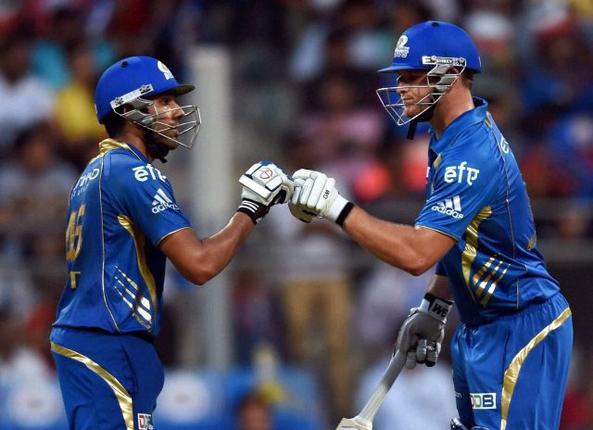
In this case a clarification wouldn’t have been possible had the play not stopped due to the dismissal of Rayudu. The batsmen in the middle would not have been informed that they needed a boundary to qualify. They might have just taken a single off the next ball, and Mumbai would have exited the competition. But Rayudu’s wicket allowed the management to send the right message to the players, who then got the job done
When chasing, most players enjoy finishing off the match with a boundary. However, only 1 run is counted if the batsmen setting off for a single reach the other end before the ball reaches the boundary. Yes, you will not be awarded those three runs which you deserve if you complete the single.
Run rate calculation has always been troubling for the common fans, adding more confusion (and excitement) during a match.

